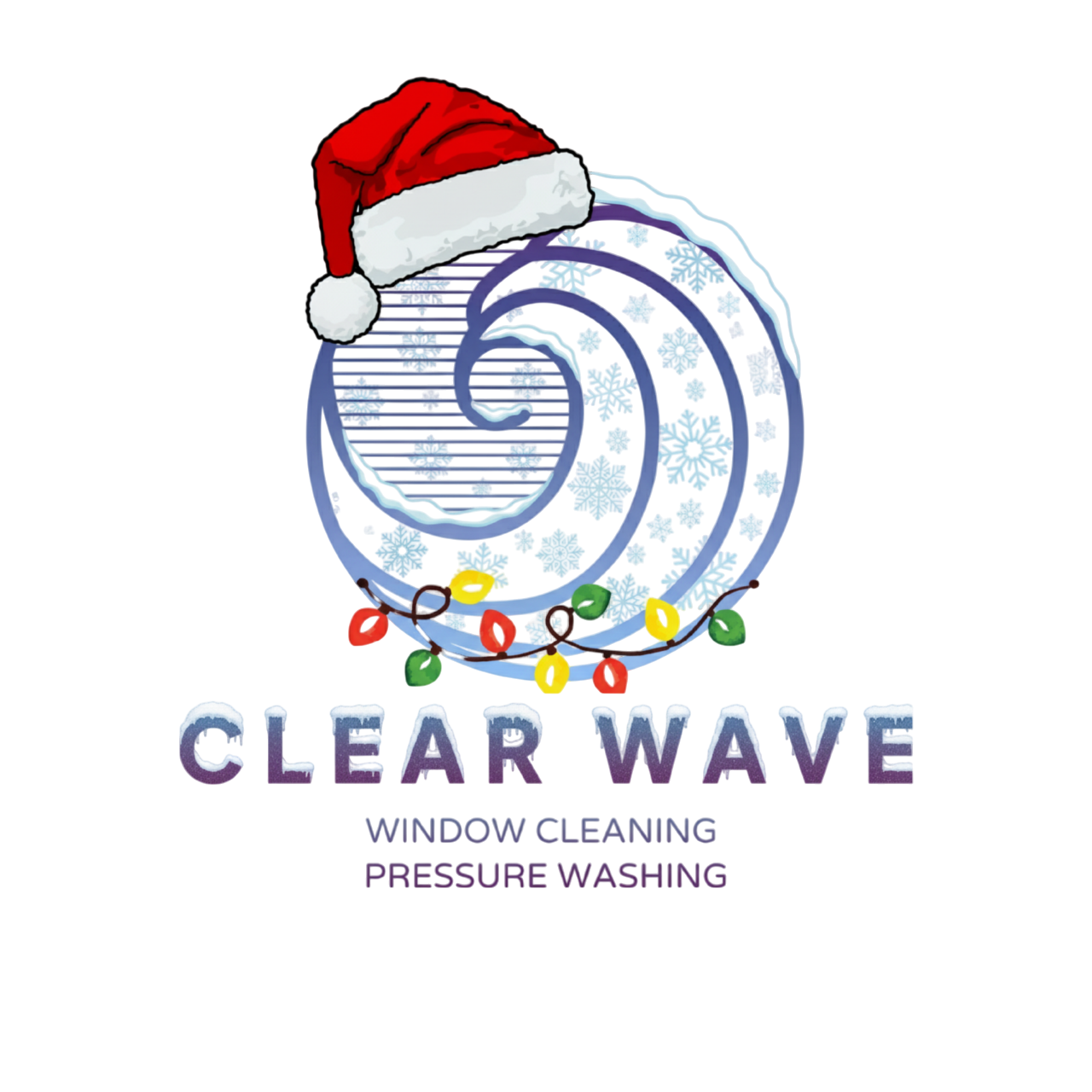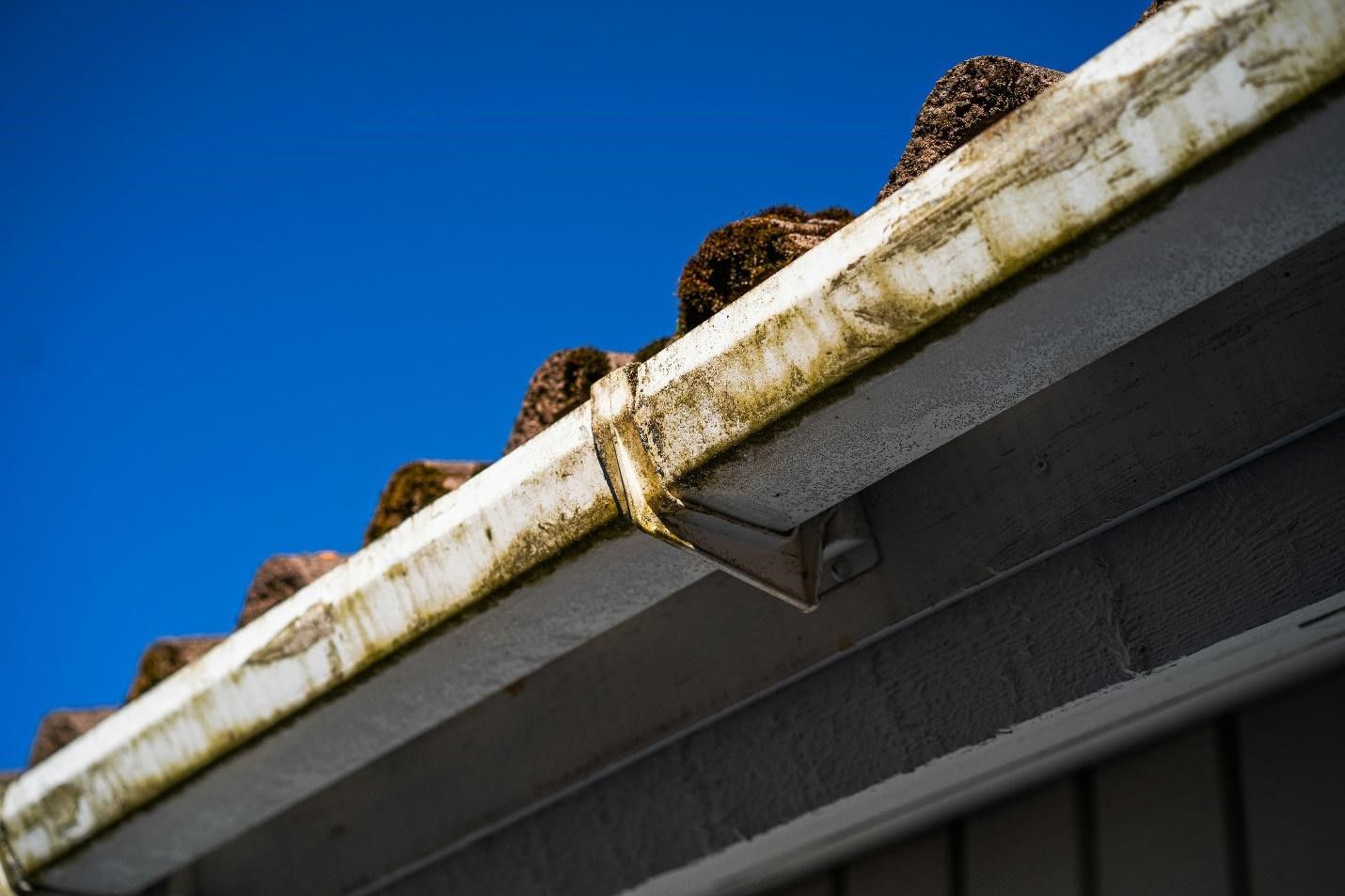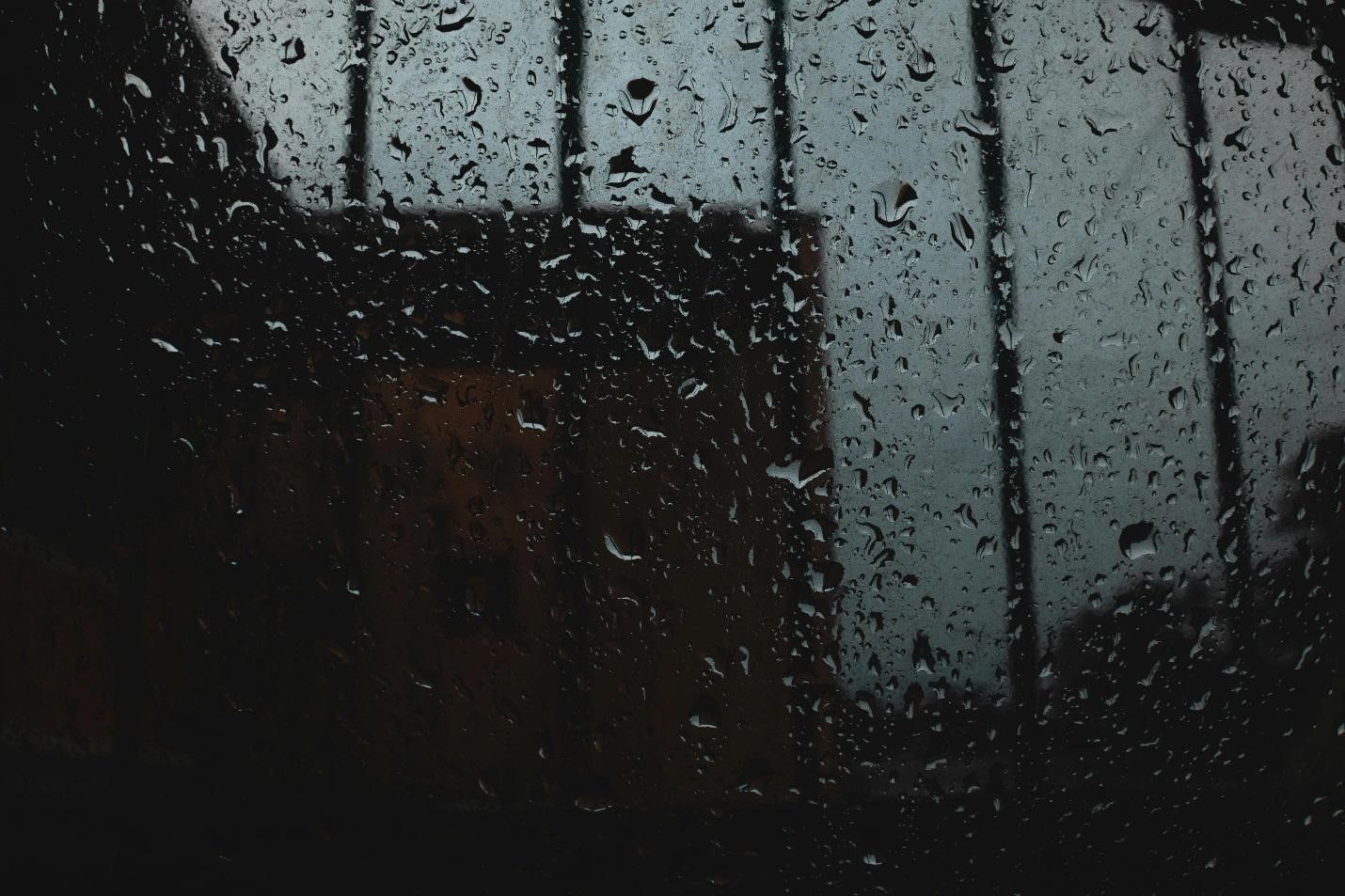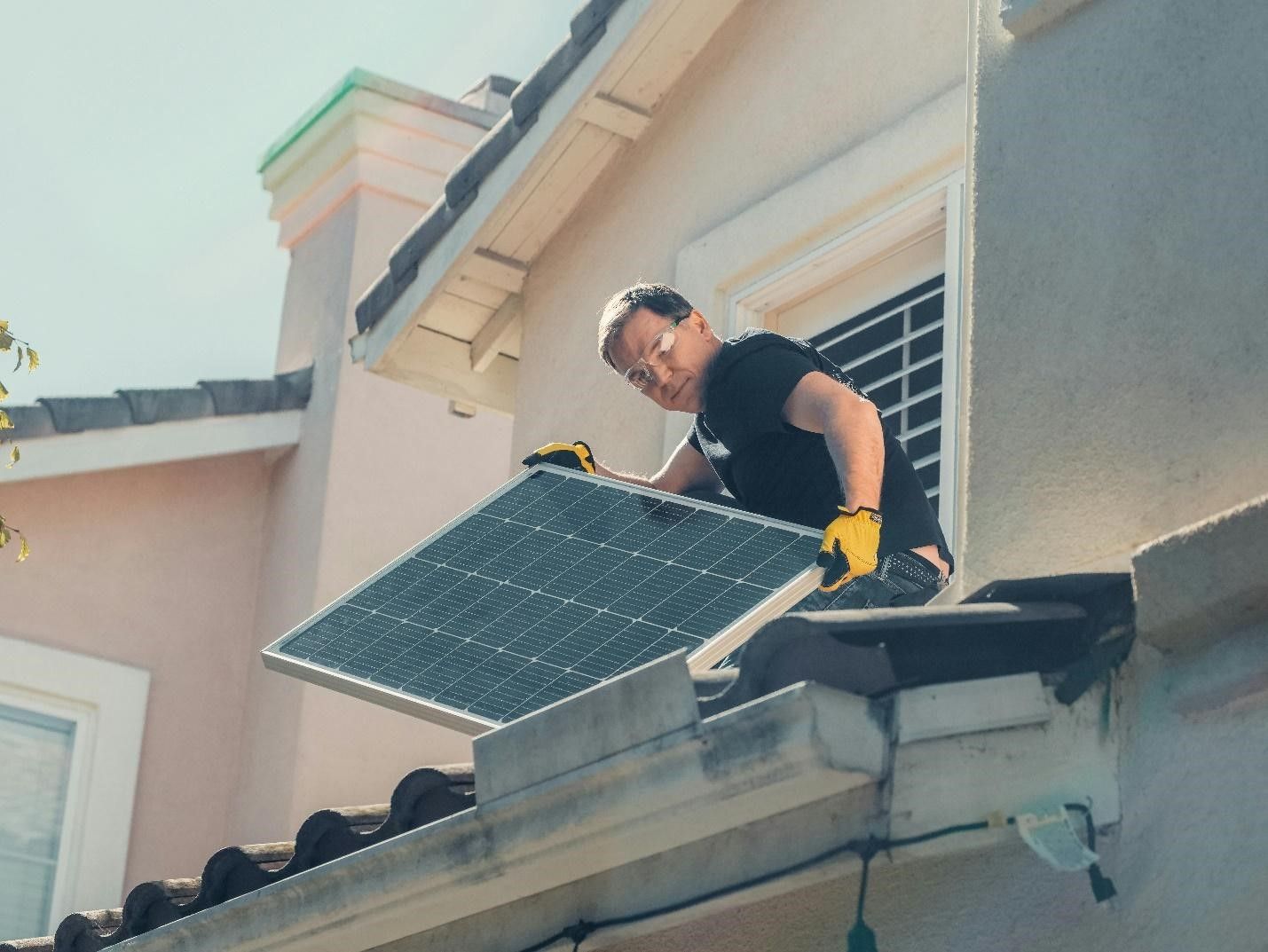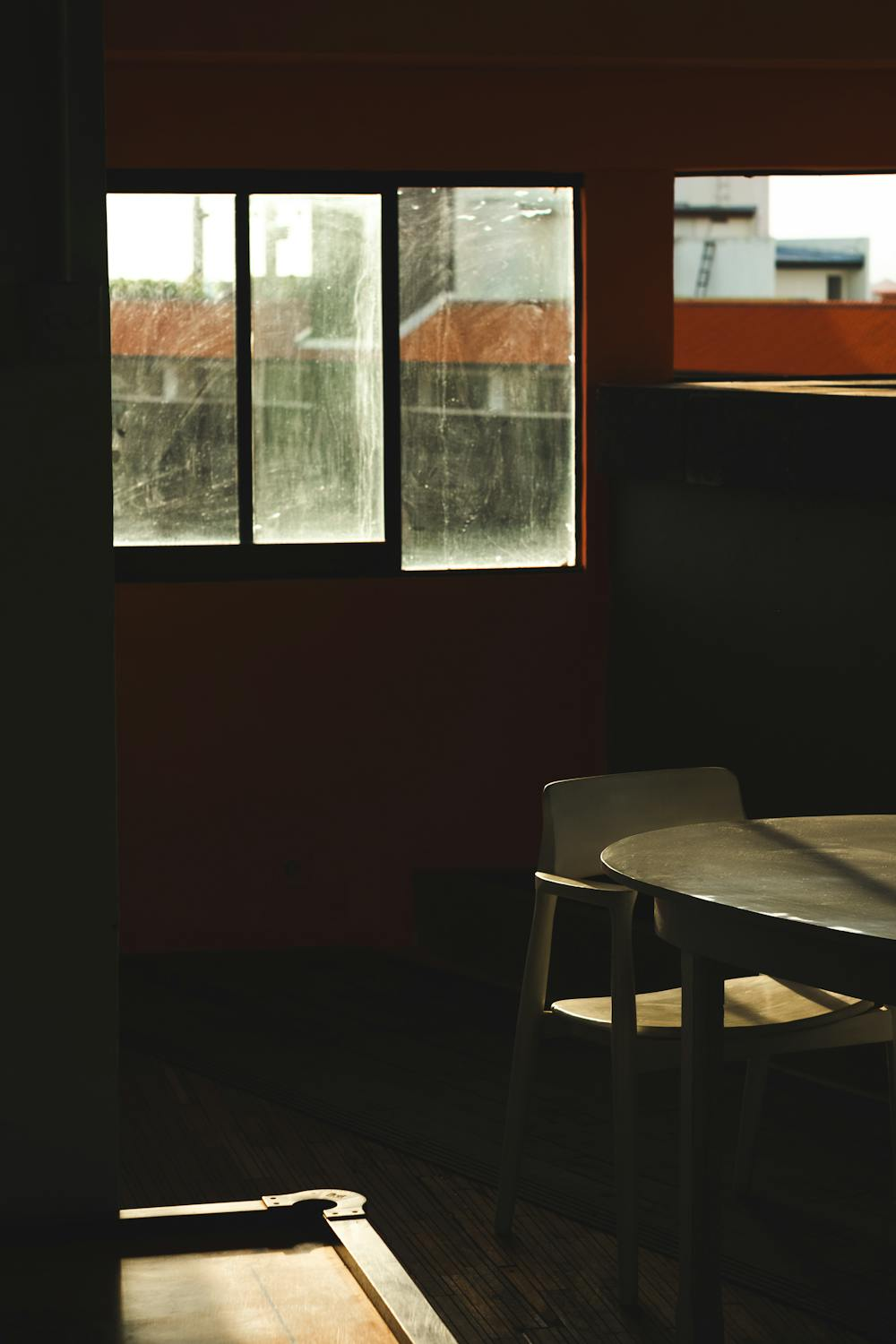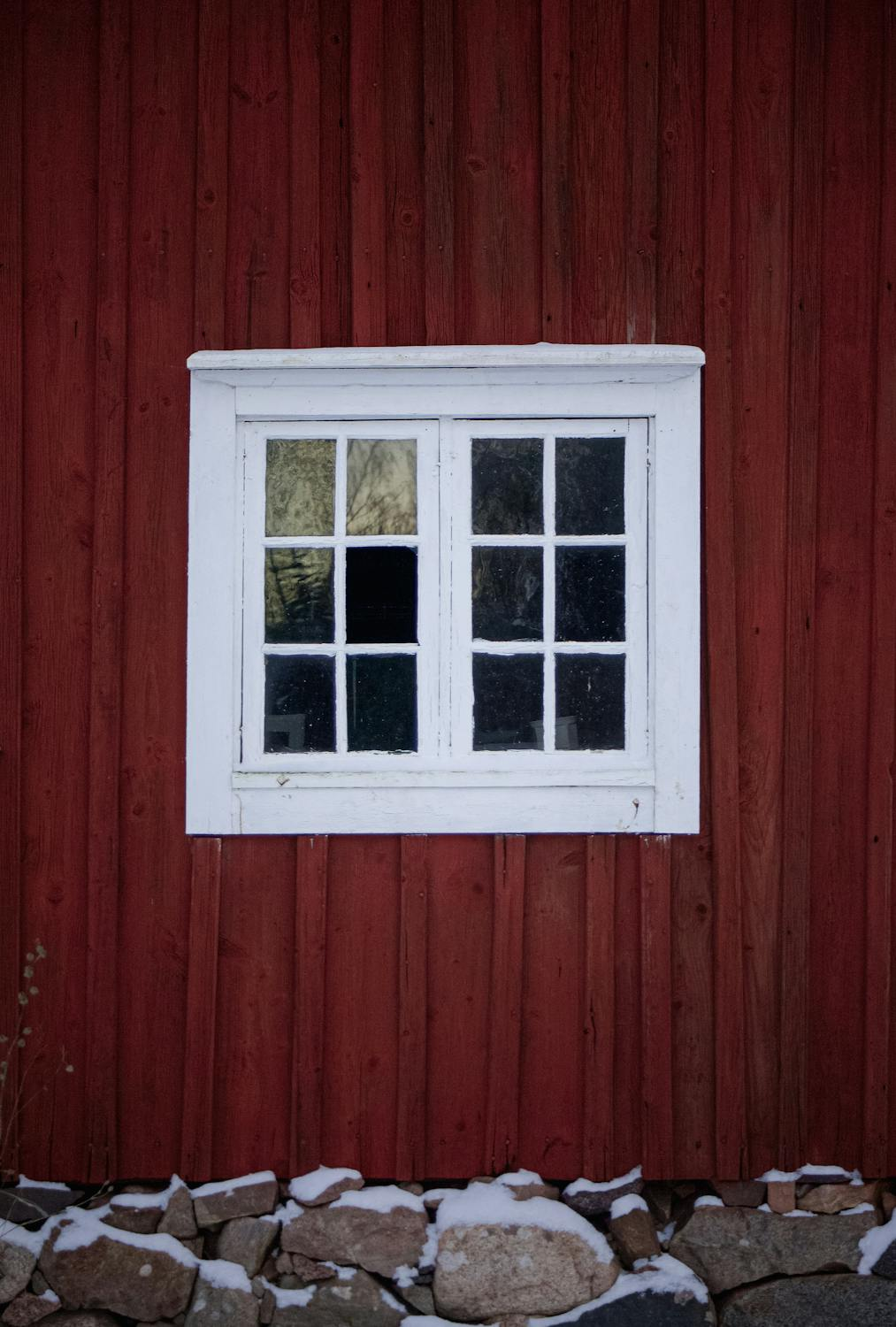Checking Your Solar Panels for Damages: What You Need to Know
Solar panels are built to last, but they’re not invincible. Weather, debris, and wear over time can cause damage that affects their performance. Cracks, loose wiring, or dirt buildup might seem small, but they can reduce energy efficiency and lead to costly repairs if ignored. The good news? Regular inspections can help you catch problems early and keep your system running smoothly.
Whether you're doing a quick visual check or scheduling a professional inspection, staying on top of maintenance ensures you get the most out of your solar investment. Here’s everything you need to know about checking for damage!
Why Regular Solar Panel Inspections Matter
Keeping an eye on your solar panels is more important than you might think. Even small cracks or loose connections can lower energy production and increase costs. Regular inspections help catch these issues early, preventing expensive repairs and keeping your system safe.
Neglecting maintenance could even void your warranty, leaving you with unexpected expenses. A quick check now and then ensures your panels work at full capacity, providing clean energy for years. Whether you inspect them yourself or call a professional, routine maintenance is the key to getting the most out of your solar investment.
Signs Your Solar Panels May Be Damaged
A sudden drop in energy production or rising electricity bills could mean your solar panels are damaged. Physical signs like cracks, burn marks, or discoloration should not be ignored. Overheating spots, moisture buildup, or error messages from your monitoring system also signal trouble.
Key Warning Signs:
- Lower energy output – Unexpected drops in efficiency.
- Visible damage – Cracks, burn marks, or discoloration.
- Hotspots – Overheating areas that may lead to malfunctions.
- Higher electricity bills – Panels underperforming without explanation.
- Moisture buildup – Water leaks inside panels, affecting function.
- Error messages – Warnings from your solar monitoring system.
Spotting these issues early helps prevent costly repairs and power losses.
Common Causes of Solar Panel Damage
Solar panels are designed for durability, but they’re still vulnerable to damage. Environmental factors, poor installation, and even minor defects can impact their efficiency. Knowing the causes of damage can help you take preventive action and avoid costly repairs.
Common Causes of Solar Panel Damage:
- Severe weather conditions – Hailstorms, heavy snowfall, and strong winds can create cracks or weaken the structure of your panels over time.
- Falling debris – Tree branches, loose roofing materials, or even excessive bird droppings can scratch or shatter the surface.
- Extreme temperature changes – Rapid shifts between hot and cold cause small cracks (micro-cracks), which gradually reduce efficiency.
- Poor installation – Loose mounts, improper wiring, or bad positioning can lead to long-term performance issues and safety hazards.
- Manufacturing defects – Some panels come with weak spots or faulty components, making them more prone to early failure.
By recognizing these risks, homeowners can take steps to protect their solar investment and ensure maximum efficiency for years to come.
How to Perform a Basic Visual Inspection
A quick visual inspection helps detect early signs of damage and keeps your solar panels running efficiently. Start by checking the surface for cracks, scratches, or discoloration, as these can affect energy production. Remove any dirt, leaves, or bird droppings that might be blocking sunlight.
Next, inspect the panel frames and mounts for rust, corrosion, or loose fittings that could compromise stability. Examine the wiring for exposed or damaged cables, as these can pose electrical risks.
Lastly, check for moisture buildup or condensation inside the panels, which may indicate seal or insulation problems.
If you notice anything unusual, document it with photos and seek professional advice if necessary.
Use Monitoring Systems to Detect Hidden Issues
A solar monitoring system is a valuable tool for detecting hidden issues that aren’t always visible during a basic inspection. It tracks energy production and alerts you if performance drops unexpectedly. A sudden decrease in output may signal wiring issues, shading interference, or panel damage.
Many systems provide real-time notifications for efficiency loss or inverter failures, allowing for quick action. Comparing energy trends over time—daily, monthly, and yearly—helps identify irregularities before they become major problems.
Monitoring software can also detect overheating, preventing long-term damage. If you notice unusual patterns, it’s best to investigate further or consult a professional.
Electrical Components and Wiring Checks
Faulty wiring can cause power loss or even electrical hazards. Inspect cables for wear, corrosion, or fraying. Ensure all connections are tight and free of rust. Look for signs of burning or melting near inverters and junction boxes. Check that cables are secured properly to avoid strain. Never attempt electrical repairs without proper training. Hire a professional if you detect wiring issues.
Dealing with Micro-cracks and Panel Wear Over Time
Micro-cracks are small fractures in solar cells that may seem harmless at first but can gradually reduce efficiency. They often form due to temperature changes, hail impact, or improper handling during installation.
While they don’t always cause immediate performance loss, repeated exposure to weather conditions can make them worse. Over time, these cracks can disrupt electrical flow, leading to lower energy production. If micro-cracks become widespread, replacing the affected panels might be the only solution. Investing in high-quality panels and ensuring proper installation can help minimize this risk.
Preventing and Addressing Water Damage
Water damage can severely impact the efficiency and lifespan of solar panels. Moisture intrusion can lead to internal corrosion, electrical short circuits, and reduced energy output. To prevent this, regularly check for gaps or cracks in panel seals and ensure proper drainage around the installation site.
Securing mounts and reinforcing waterproofing measures can help prevent leaks. If damage is already present, sealing small cracks may work, but severe cases require professional servicing to avoid long-term performance issues.
Protecting Panels from Pests and Birds
Rodents and birds can cause serious damage by chewing wires or nesting under panels. Droppings can block sunlight and reduce efficiency. Installing bird-proof mesh or wire guards prevents nesting. Trimming overhanging branches discourages animals from accessing the system. Regular inspections can help spot signs of pest activity, such as bite marks, nests, or droppings. Addressing these issues early ensures your panels remain safe and fully functional, preventing costly repairs and performance loss.
Professional vs. DIY Solar Panel Inspection: Pros and Cons
DIY solar panel inspections are a cost-effective way to check for visible damage and cleanliness. Homeowners can spot cracks, dirt buildup, or loose wiring without professional help. However, DIY checks have limitations—hidden issues like micro-cracks or electrical faults require specialized tools that professionals use. Climbing onto the roof also poses safety risks without proper equipment. Professional inspectors provide detailed assessments, detect performance issues early, and offer reports that may be needed for warranty claims. While routine DIY checks help maintain efficiency, scheduling an annual professional inspection ensures a more comprehensive evaluation and long-term panel health.
Best Practices for Cleaning and Maintaining Solar Panels
Keeping your solar panels clean is key to maintaining their efficiency and ensuring maximum energy production.
- Remove dirt and debris – Dust, pollen, and leaves can block sunlight and reduce efficiency.
- Use a soft brush and mild soap – Gently clean surfaces to avoid scratching the glass.
- Avoid high-pressure washers – Strong water pressure can damage panel seals.
- Clean during cooler hours – Early morning or late evening prevents streaks caused by quick evaporation.
- Rinse with distilled water – Prevents mineral deposits that can dull the panels over time.
- Stick to a routine – Regular cleaning ensures panels operate at peak efficiency.
What to Do If You Find Damage
Contact your solar provider or an expert for guidance before attempting any fixes. Small cracks may be sealed, but significant damage often requires professional repair or panel replacement. Avoid DIY fixes that could void your warranty or worsen the problem. Prompt action prevents further efficiency loss and keeps your system running smoothly for years to come.
Insurance and Warranty Coverage for Solar Panels
Many solar panels come with warranties covering defects and performance guarantees. Check if your warranty covers accidental damage or weather-related incidents. Home insurance policies may also provide coverage for storm or hail damage. If an issue arises, report it immediately to qualify for warranty claims. Keeping maintenance records helps support insurance and warranty requests.
When to Replace vs. Repair Solar Panels
Deciding whether to repair or replace solar panels depends on the extent of the damage and overall efficiency. If energy production continues to decline despite multiple repairs, replacement may be the smarter choice. Upgrading to newer, more efficient panels can provide better long-term savings. Compare repair costs with the price of new panels to determine the best investment for your solar system’s future.
Final Thoughts: Keeping Your Solar Panels in Top Condition
Staying on top of solar panel maintenance ensures long-term efficiency and prevents costly repairs. Regularly inspecting for solar panel cracks, dirt buildup, and wiring issues helps catch problems early.
Following essential solar panel maintenance tips, such as keeping panels clean and securing mounts, maximizes energy production. By taking proactive steps, homeowners can protect their investment and enjoy reliable solar power for years to come!
